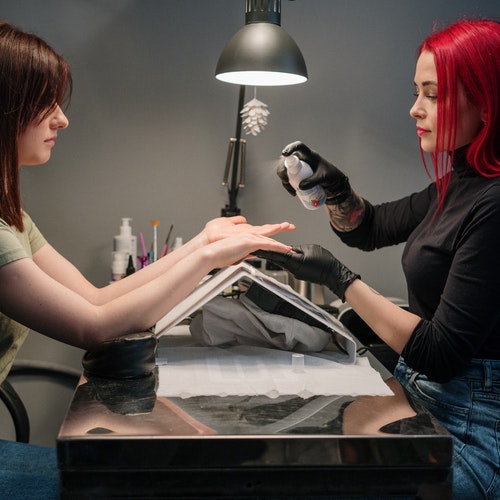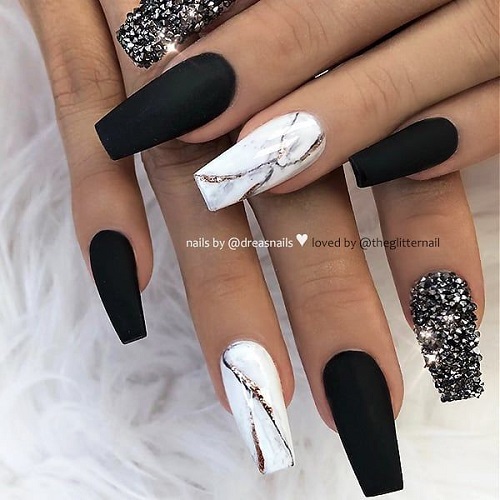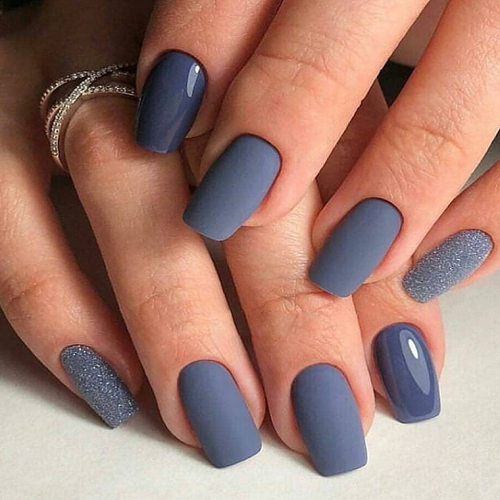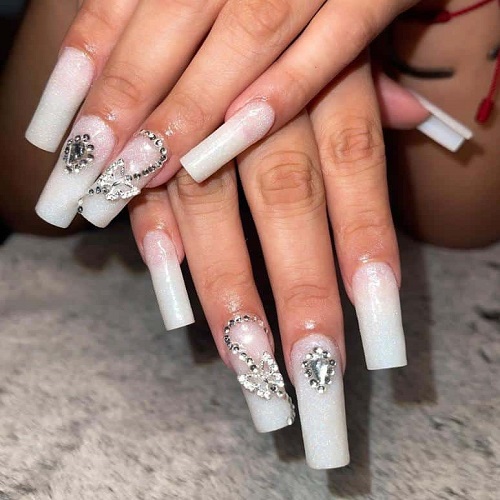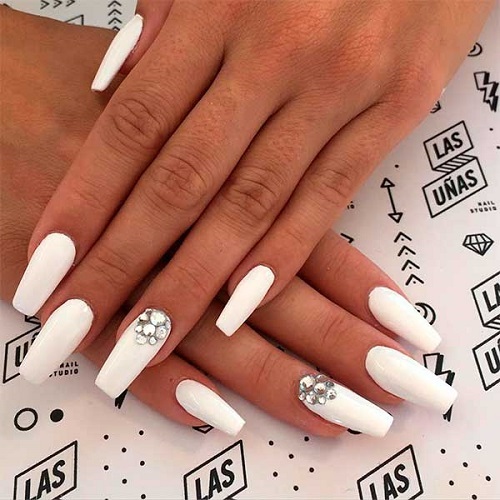Table of Contents
Our nails may be small, but they can provide valuable insight into our overall health. Many people may be concerned when they notice a black line or streak on their nails. Although it may seem like a minor cosmetic issue, a black line in your nail could actually indicate a more serious underlying condition that requires medical attention.
Understanding Black Line in Nail
A black line in your nail is also known as melanonychia. It refers to the appearance of a dark line or streak in the nail bed or nail plate. Melanonychia can occur in one or more nails and may vary in size and shape. This condition is caused by an overproduction of melanin, the pigment responsible for giving color to our hair, skin, and nails.
The Importance of Nail Health
Often overlooked, nail health plays a crucial role in protecting our fingers and toes from damage. Healthy nails are strong, smooth, and free from discoloration or abnormalities. Any changes in the appearance or texture of our nails should not be disregarded, as they could be a sign of an underlying medical condition. Therefore, it is essential to understand the potential causes of a black line in your nail and seek medical attention if necessary.
Causes of Melanonychia
The appearance of a black line in your nail can have several causes, ranging from minor trauma to more serious medical conditions. Some common causes of melanonychia include:
Melanonychia
As previously mentioned, melanonychia occurs due to an overproduction of melanin in the nail bed or nail plate. This can be influenced by various factors, including genetics, certain medications, or medical conditions such as Addison’s disease or Peutz-Jeghers syndrome.
Trauma
In some cases, a black line in your nail can be the result of physical trauma to the nail bed or plate. This type of trauma can occur from injuries such as crushing, pinching, or slamming your finger in a door. Bleeding or damage to the nail bed can lead to the formation of a black line as the nail grows back.
Recognizing Symptoms of Black Line in Nail
The most apparent symptom of melanonychia is the appearance of a black or dark brown line or streak in the nail bed or plate. The line can be straight or curved and varies in width and length. Additionally, other symptoms associated with a black line in your nail may include:
Changes in Nail Appearance
Apart from the black line, you might observe other changes in the color or texture of your nails. These changes can provide important clues about underlying conditions.
Pain or Discomfort
If physical trauma is the cause of the black line, you may experience pain or discomfort in the affected finger or toe. Swelling or inflammation may also accompany these symptoms.
Alterations in Nail Shape or Texture
In some cases, a black line in your nail can lead to changes in the shape or texture of the affected nail. This may involve the nail becoming thicker or thinner, or alterations in its curvature or alignment.
Diagnosis and Treatment
If you notice a black line in your nail, it is crucial to seek medical attention in order to determine the underlying cause and appropriate treatment. Common methods used to diagnose and treat melanonychia include:
Physical Examination
Your doctor will conduct a physical examination of the affected nail and ask about any symptoms you may be experiencing. They may also inquire about your medical history and current medications or supplements.
Nail Biopsy
If a more serious underlying condition is suspected, your doctor may recommend a nail biopsy. This procedure involves removing a small sample of tissue from the affected nail and examining it under a microscope to identify the cause of the melanonychia.
Treatment Options
The appropriate treatment for a black line in your nail depends on the underlying cause. For instance, if the line is the result of physical trauma, you may only need to wait for the nail to grow out. If the melanonychia is caused by a medical condition, your doctor may prescribe medication or recommend surgery to address the underlying issue. In certain cases, removing the affected nail may be necessary to prevent further spread of the condition.
